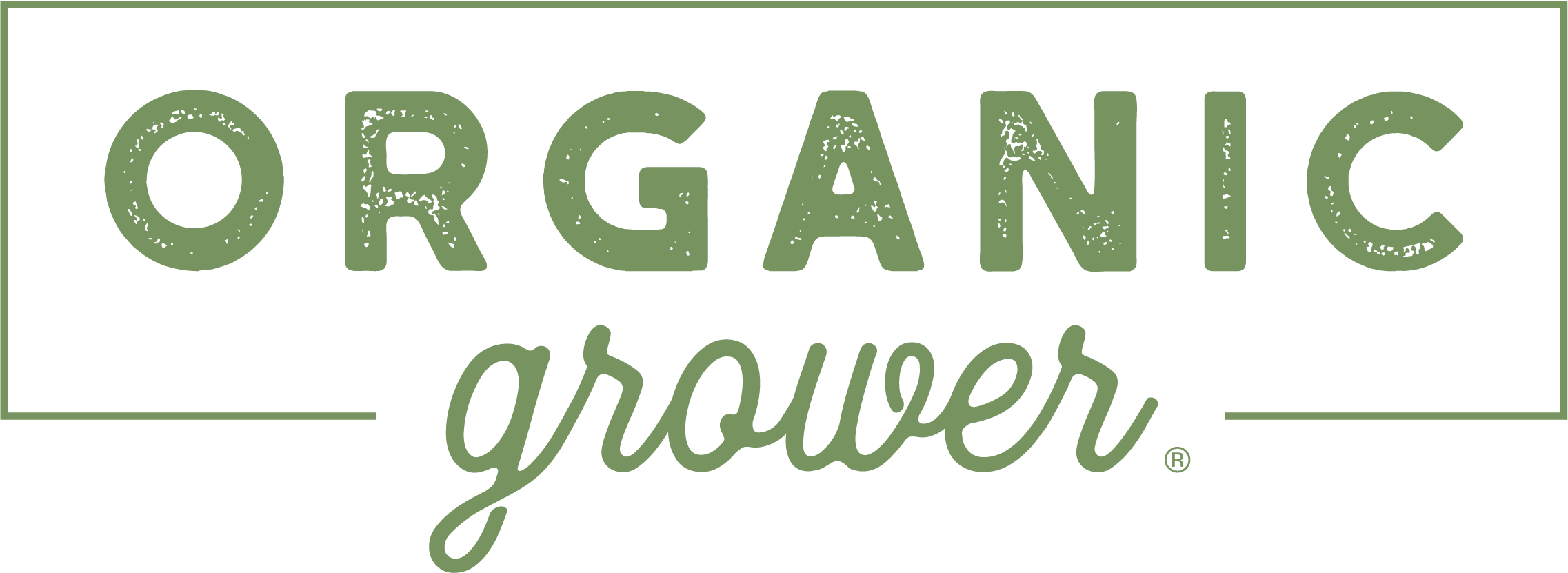
Jan 3, 2025Fresh Views: New freeze protection methods in blueberry
It’s that time of year again — for colder weather and shorter days, cozy sweaters and hot chocolate. This time of year also strikes another chord for those in perennial fruit crop production.
The winter thoughts begin: “When will chill accumulation start this year? Will it stay cold long enough? Will there be a hard spring freeze? Can we protect against it? If not, how bad will the losses be?”
Freeze protection for perennial fruit crops, especially for many growers in the southeastern U.S. with temperature swings in the late winter and early spring, is a necessity for production. Freeze protection has changed over the years.
One of the earliest forms of protection was oil burning smudge pots placed throughout fields to raise air temperatures, but due to concerns with pollution, this is no longer commercially used. Physical covers, such as tarps, to prevent frost formation on crops have also been used.
However, this method works better on small plants not planted on a large scale. The use of foggers has been done to keep soil heat close to the plants like a blanket, but without calm winds this method is ineffective.

Permanent structures such as hoop houses that may be heated work well to exclude freezing temperatures, but are costly to establish. At present, the two most widely used freeze protection methods in perennial fruit crops are overhead irrigation and wind machines. Overhead irrigation runs before freezing temperatures begin and continues until they end. The plants are continually
sprayed with water, and the continual change from water to ice releases a few degrees of heat that protects the flowers and fruit from freezing temperatures. However, this method does not work well under low water pressure and/or high wind conditions.
Alternatively, wind machines mix the air during a freeze event where the air above the orchard is warmer than the air next to the ground. Yet this method is ineffective for freezes that are not due to a temperature inversion. In addition, both overhead irrigation and wind machines only raise the temperature by a few degrees and have a high cost of establishment.
A new method of freeze protection is needed to add to the grower’s protection arsenal. Nanocellulose compounds are a new technology that are natural, biodegradable compounds. The compounds are made from naturally occurring plant-based materials called cellulose. Cellulose is extracted from plants and is processed into tiny particles called nanocellulose, which can potentially be sprayed in orchards before the freeze begins.
These compounds, if they work, may reduce implementation costs and increase the deployment of protection before a freeze. Once sprayed on the plants, they would create a protective barrier similar to a person putting on a heavy winter coat. Nanocellulose may protect the plant from freezing temperatures through their low ability to transfer heat, and being an excellent insulating material for freezing temperatures.

Nanocellulose compounds are being tested on fruit crops including sweet cherry, grape and apple in the Pacific Northwest. Research out of Washington State University suggests the nanocellulose sprays improve cold hardiness for grape and sweet cherry by 3.6° F to 7.2° F.
We have been researching the effects of nanocellulose sprays on blueberry and peach for three seasons in the laboratory since 2021. Overall, we have been examining different nanocellulose commercial compounds, concentrations and spray application methods. While one question is answered about nanocellulose as a freeze protection method, there are a few more asked.
Our results currently suggest that there are some compounds that could be used for freeze protection on early floral bud stages, with the opposite being true for later developmental stages. More work needs to be done. We still need answers to: what compound to spray, when to spray ahead of the freeze, how long will the spray protect the plant and to what temperature?
We are not yet at a point to make field recommendations, but we are working to have a better understanding. With time, I am hopeful that nanocellulose will be a tool to help prevent devastating losses from spring freeze events.
— Rachel Itle, Ph.D., is an assistant research scientist in fruit production and genetics in the Department of Horticulture at the University of Georgia. She is also a member of the Fruit & Vegetable 40 Under Forty Class of 2023. Itle’s research and Extension program focuses on perennial fruit crops, such as blueberry, concentrating on physicochemical fruit quality traits and their genetics. Her program also researches freeze protection, biostimulant applications














